Market Analysis
In-depth Analysis of Polycarbonate Films Market Industry Landscape
The dynamics of the polycarbonate films market are influenced by several key factors that collectively shape its growth trajectory and trends. Here's a breakdown of these dynamics:
Expanding Applications: Polycarbonate films find a wide range of applications across industries such as electronics, automotive, aerospace, medical devices, and packaging. Their properties, including high impact resistance, optical clarity, and heat resistance, make them suitable for diverse applications, driving market demand and growth.
Rising Demand in Electronics Industry: With the proliferation of electronic devices such as smartphones, tablets, and laptops, there is a growing demand for polycarbonate films for applications like display screens, touch panels, and printed circuit boards. The increasing consumer electronics market drives the demand for polycarbonate films, influencing market dynamics positively.
Growing Automotive Sector: The automotive industry is a significant consumer of polycarbonate films for applications such as interior trim, instrument panels, and headlamp lenses. As automotive manufacturers seek lightweight materials to improve fuel efficiency and reduce emissions, the demand for polycarbonate films is expected to increase, shaping market dynamics in the automotive sector.
Emphasis on Lightweight and Sustainable Packaging: Polycarbonate films are increasingly used in packaging applications due to their lightweight nature, durability, and recyclability. With growing consumer awareness of environmental sustainability, there is a shift towards sustainable packaging materials, driving the demand for polycarbonate films and influencing market dynamics in the packaging industry.
Technological Advancements and Product Innovations: Ongoing research and development efforts have led to technological advancements and product innovations in polycarbonate film manufacturing. New formulations, coating technologies, and processing techniques are being introduced to improve performance characteristics such as scratch resistance, chemical resistance, and barrier properties, shaping market dynamics in the film industry.
Regulatory Compliance and Safety Standards: Compliance with regulatory standards and safety requirements, such as those set by FDA (Food and Drug Administration) and RoHS (Restriction of Hazardous Substances), is crucial for polycarbonate film manufacturers, especially in applications involving food contact and medical devices. Adherence to these standards influences market dynamics by ensuring product quality, safety, and regulatory compliance.
Fluctuations in Raw Material Prices: The prices of raw materials used in polycarbonate film production, such as bisphenol A (BPA) and phosgene, are subject to fluctuations due to factors like supply-demand dynamics and geopolitical tensions. Changes in raw material prices can impact production costs and influence market dynamics accordingly.
Shift towards High-Performance Films: As industries demand high-performance materials with specific properties such as optical clarity, UV resistance, and flame retardancy, there is a growing preference for specialty polycarbonate films. Manufacturers are focusing on developing customized solutions to meet these requirements, influencing market dynamics by catering to niche applications and industry-specific needs.
Market Consolidation and Competitive Landscape: The polycarbonate films market is characterized by intense competition among key players striving to gain market share through product differentiation, geographic expansion, and strategic alliances. Market consolidation through mergers, acquisitions, and partnerships also impacts market dynamics by reshaping the competitive landscape.
Economic Trends and Market Growth: Economic conditions and market growth in key regions influence the demand for polycarbonate films. Factors such as GDP growth, industrial production, and investment in infrastructure projects impact market dynamics by driving demand from end-user industries.

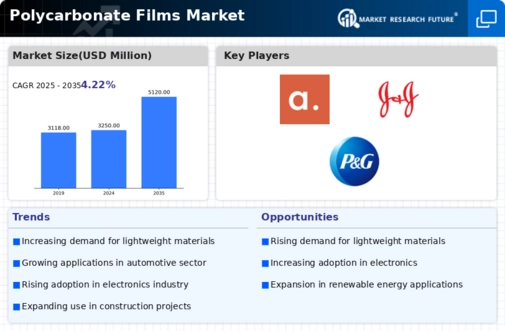
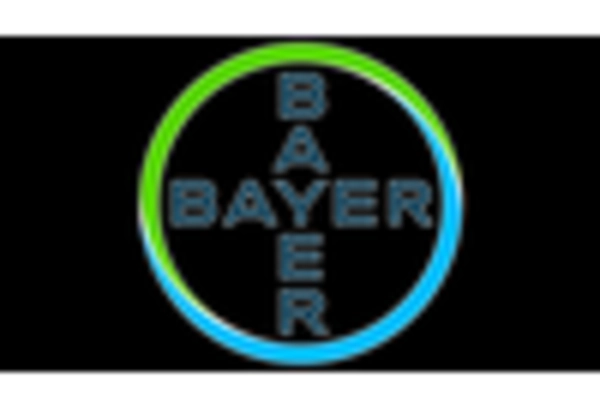
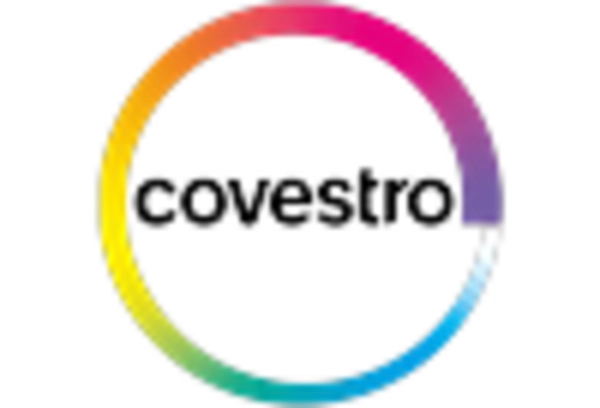
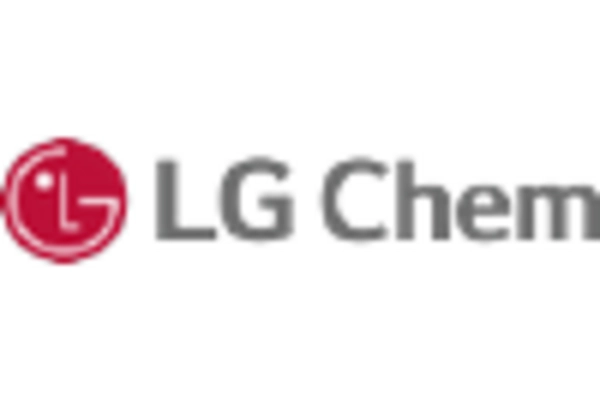
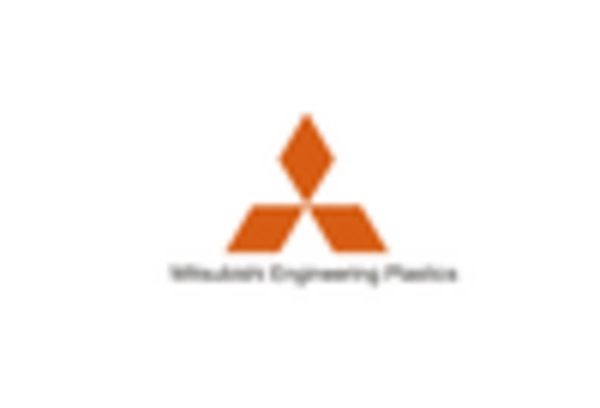

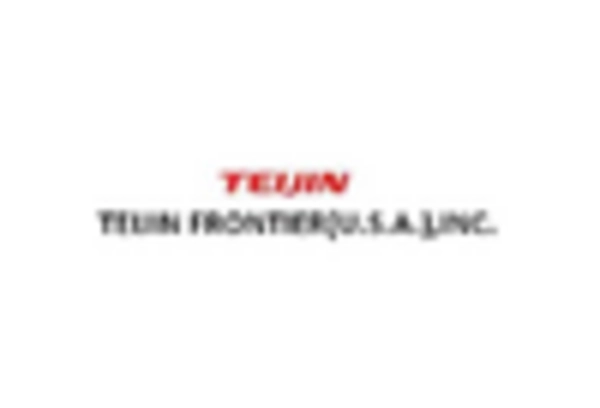









Leave a Comment